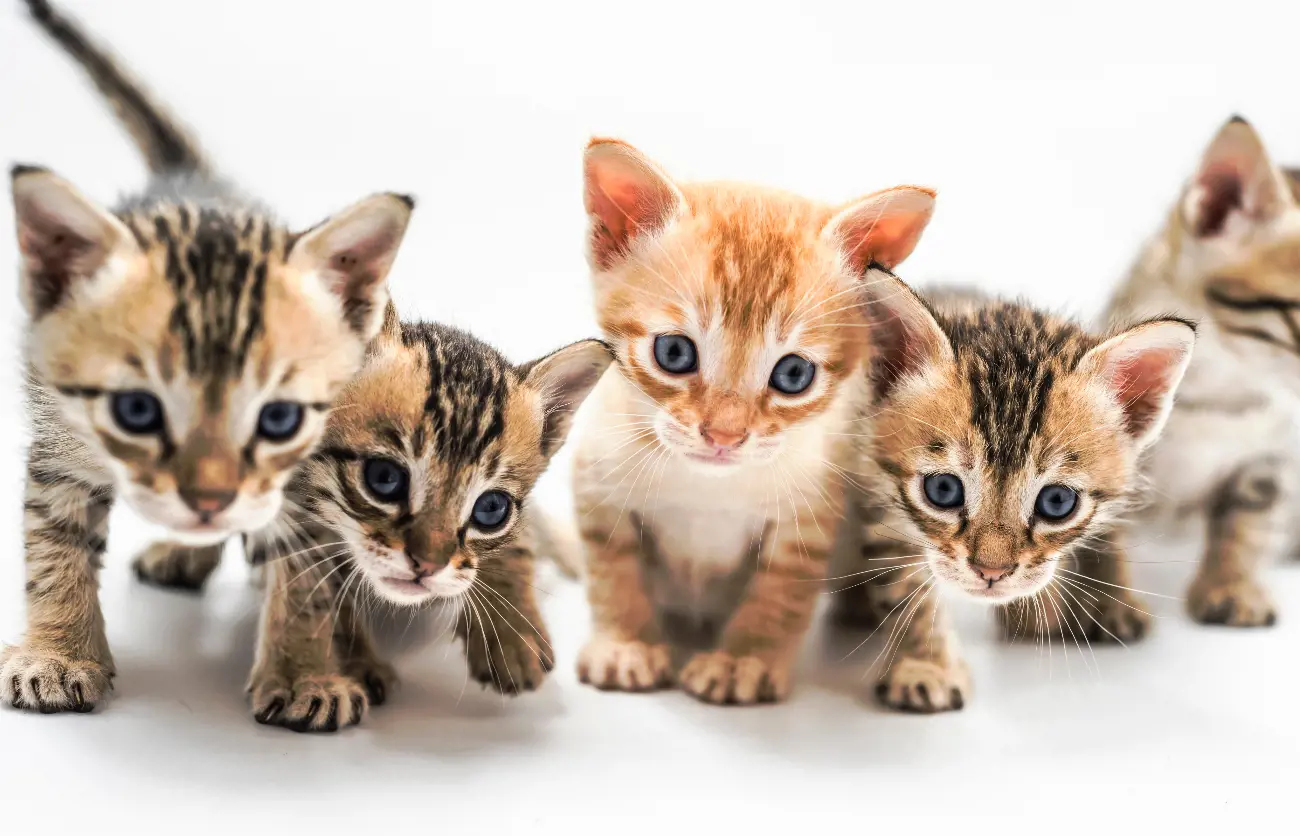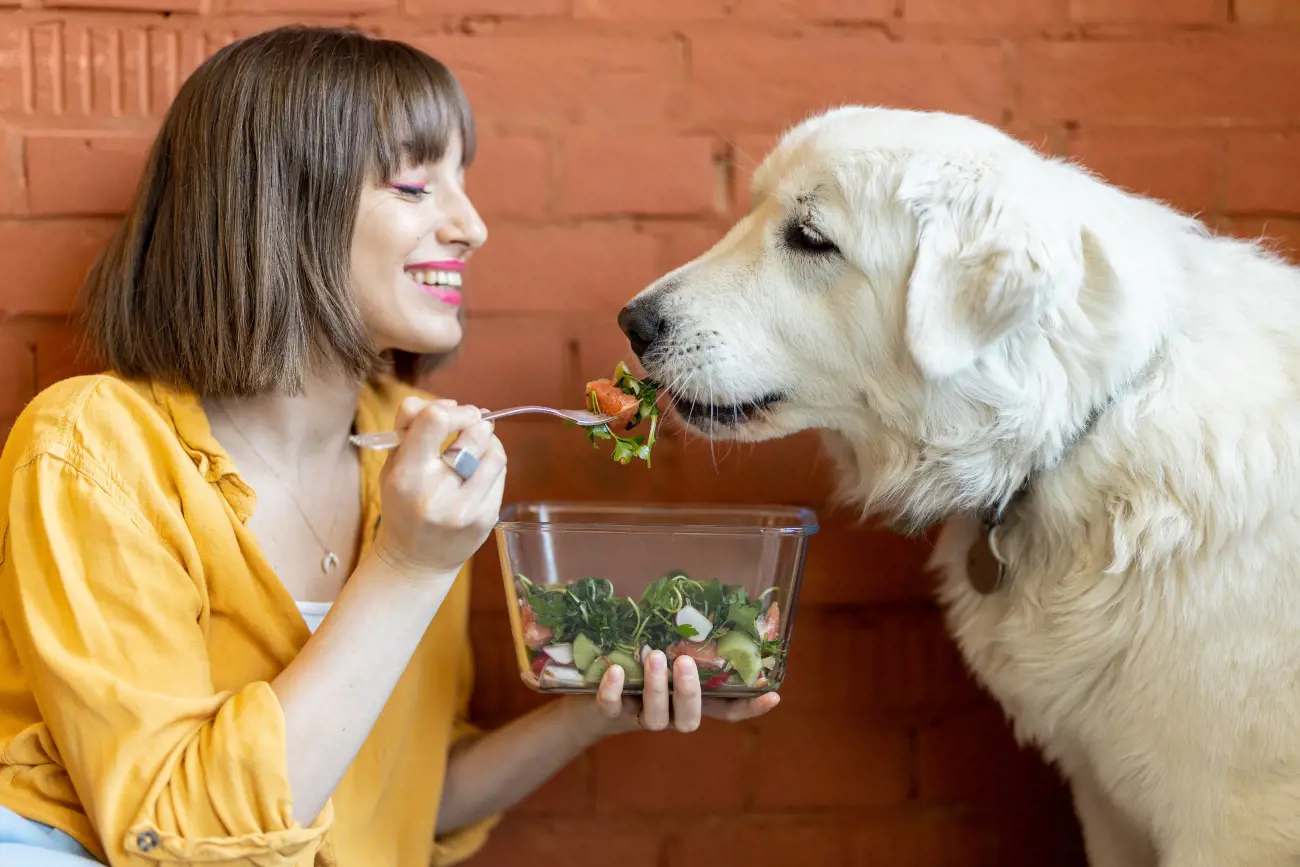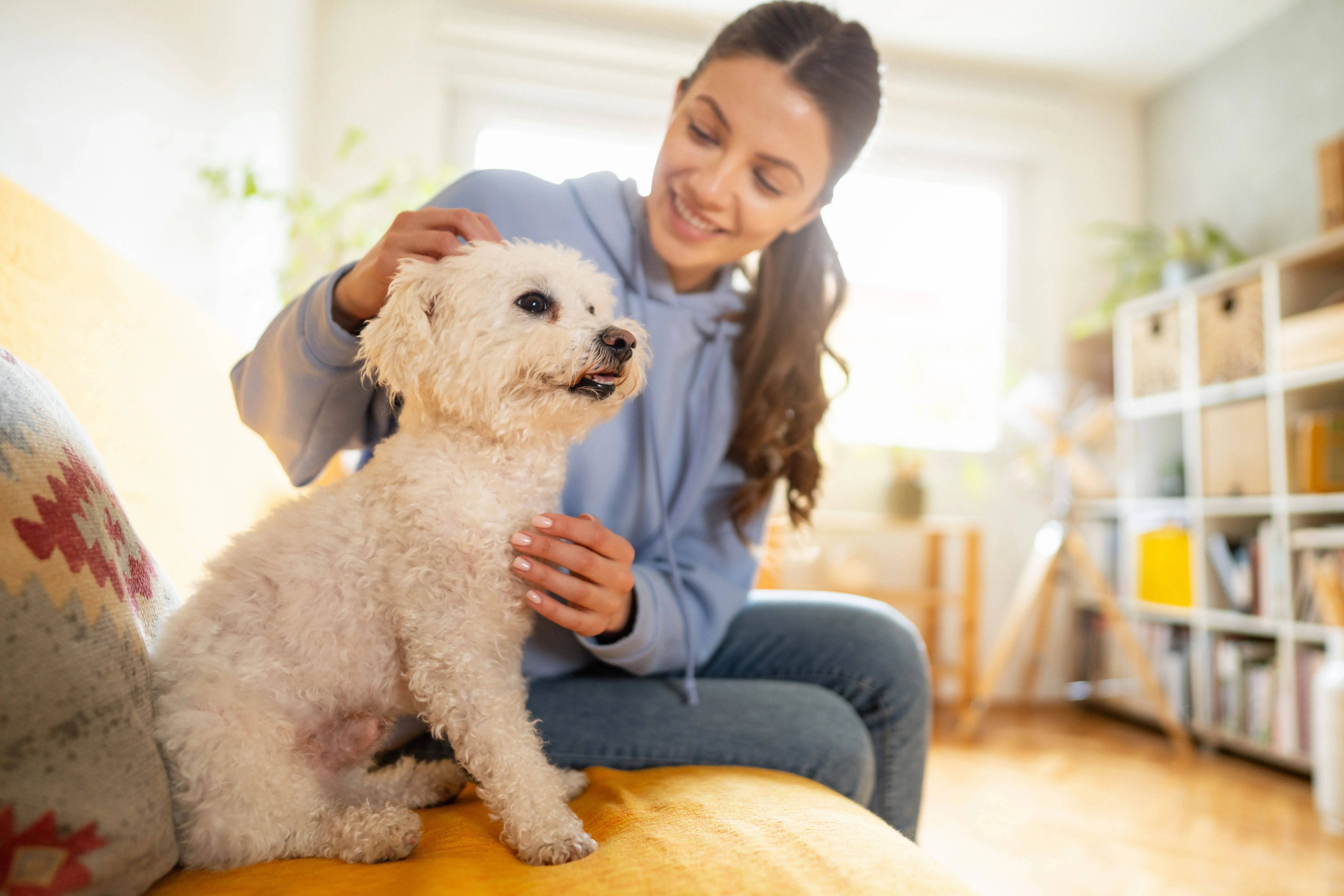Want to know which dog breeds shed the most?
19th August, 2019
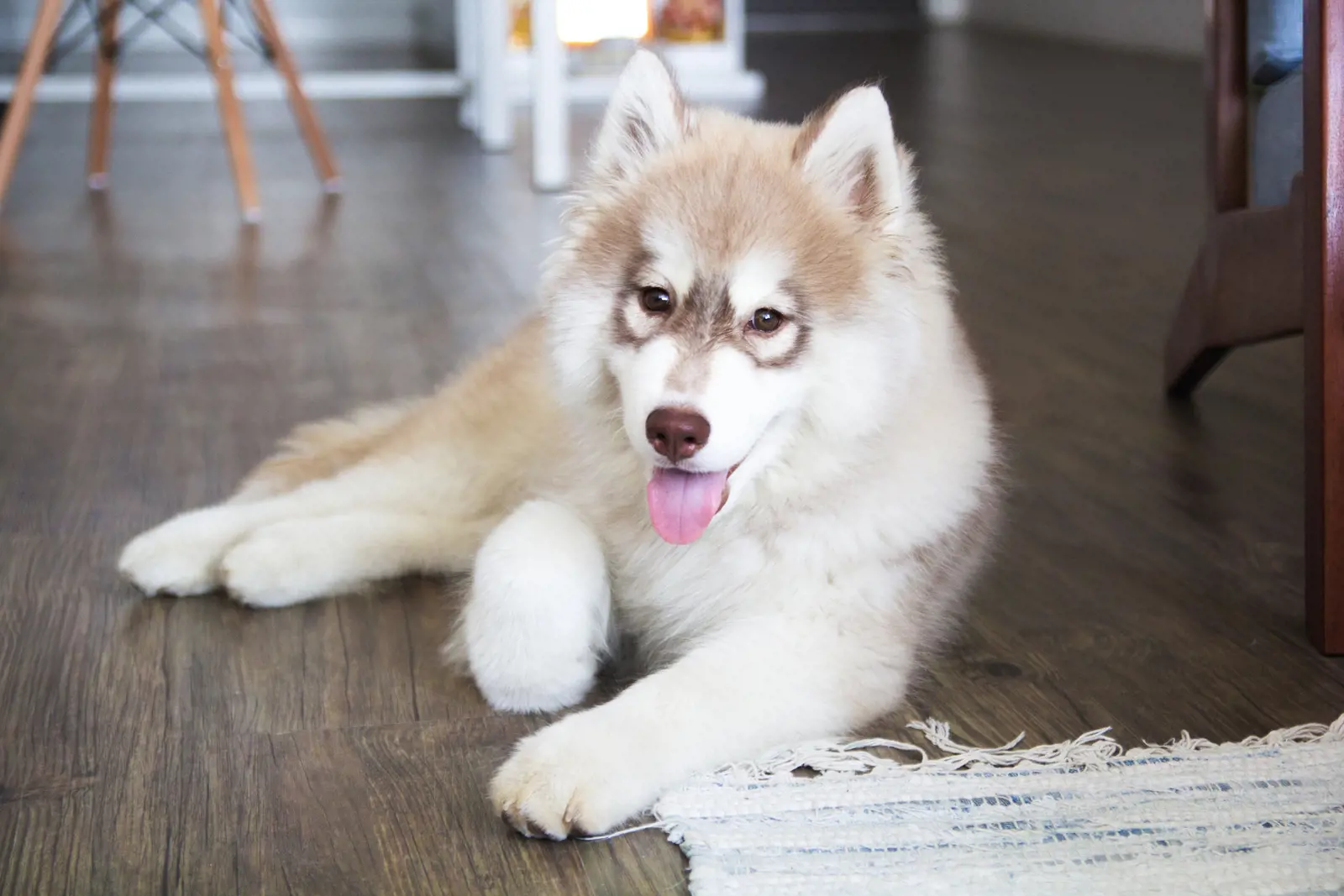
Before becoming a dog owner, it’s important to know what you can expect from your chosen breed – not only in terms of temperament and needs but also how much it’s going to shed.
The latter is something you might not have given a lot of thought to until now. But if you are keen to keep a tidy house (and car) or are prone to allergies triggered by dander, you need to know what the heaviest shedders are so you can take the appropriate action.
That might mean choosing a breed that sheds only very little hair – or if you’ve fallen in love with a breed that’s known to shed a lot, it’s about making sure their fur doesn’t take over your home.
Perhaps you’re already a dog owner who’s looking for advice on managing shedding? This article will help you, too, with a section on what steps you can take to minimise the spread of dog hair.
But first let’s look at the five breeds that shed the most hair and why their coats are the way they are.
What kind of dogs shed the most?
Shiba Inu
This Japanese breed, which is often described as having a ‘teddy bear look’, has gained a lot of popularity in the UK. The Shiba Inu has a double coat consisting of a straight, stiff outer coat and a soft dense undercoat.
While it is a generally a clean and odourless dog and relatively easy to groom, the Shiba Inu sheds steadily all year round and more heavily in the autumn and spring, so you’ll have to keep on top of dead hair with regular brushing.
The Shiba Inu owns such a thick coat because it was bred to be a hunting dog in Japan's mountain regions, where it would need thick fur to keep warm.
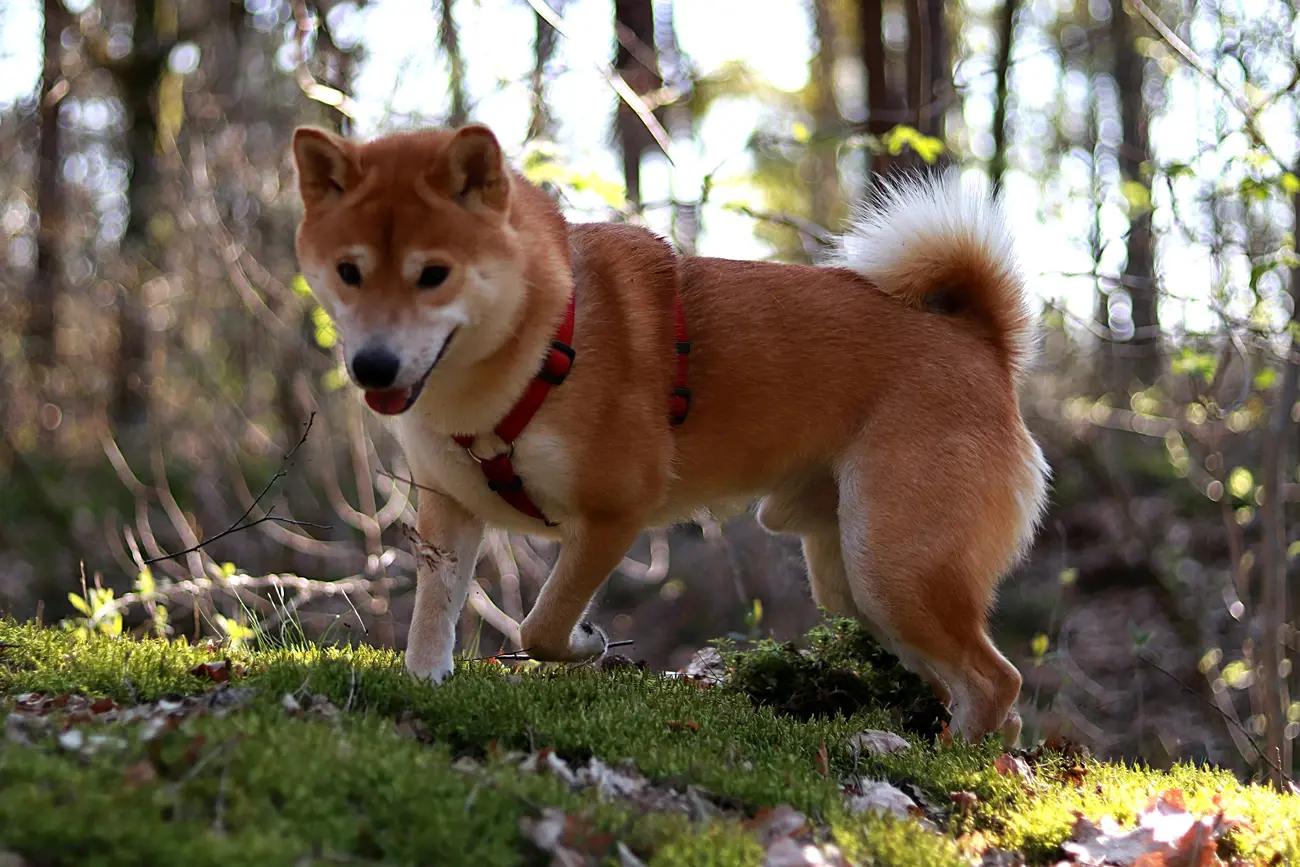
Cardigan Welsh Corgi
Cardigan Welsh Corgis may only be small, but they shed copious amounts of hair. Again, the breed has a double coat – an inner short insulated coat and the longer outer coat. Their change of coat tends to be dictated by the seasons, but you can expect shedding all year round.
The Cardigan Welsh Corgi originated in Cardiganshire, Wales, more than 3,000 years ago. As harsh regulations were put on farmers regarding how much land they could fence, the breed was prized for its hard working nature and ability to skillfully drive cattle – making limited fenced land less of a concern for farmers. But being outside all day in a country like Wales meant it needed a decent coat to keep the cold at bay.
Chow Chow
You only need to look at a Chow Chow to see that they are heavy shedders. With their huge coats, they constantly need to self-regulate their temperature by shedding some fur, often in clumps, which can quickly clog up a vacuum cleaner.
These Chinese dogs’ heavy double coat protects them from both warm and cold weather, pests and thorny vegetation. Believe it or not, a Chow Chow can get sunburned. As such, shedding is triggered by light, not temperature. If your Chow Chow lives indoors with artificial light, it will shed evenly throughout the year.
German Shepherds
One of the world’s most popular dogs, the German Shepherd comes from a long line of herding dogs, which means that they needed their thick coats to protect them during harsh winters out on the land.
They need the dense and compact packing to regulate body temperature. When the summer starts to roll around, that thick double coat works against them, which means they need to get rid of it.
Being domesticated and kept indoors, where it is permanently warm, means that your German Shepherd will shed all year round. But by keeping your German Shepherd healthy and well-groomed, you can reduce any negative effects.
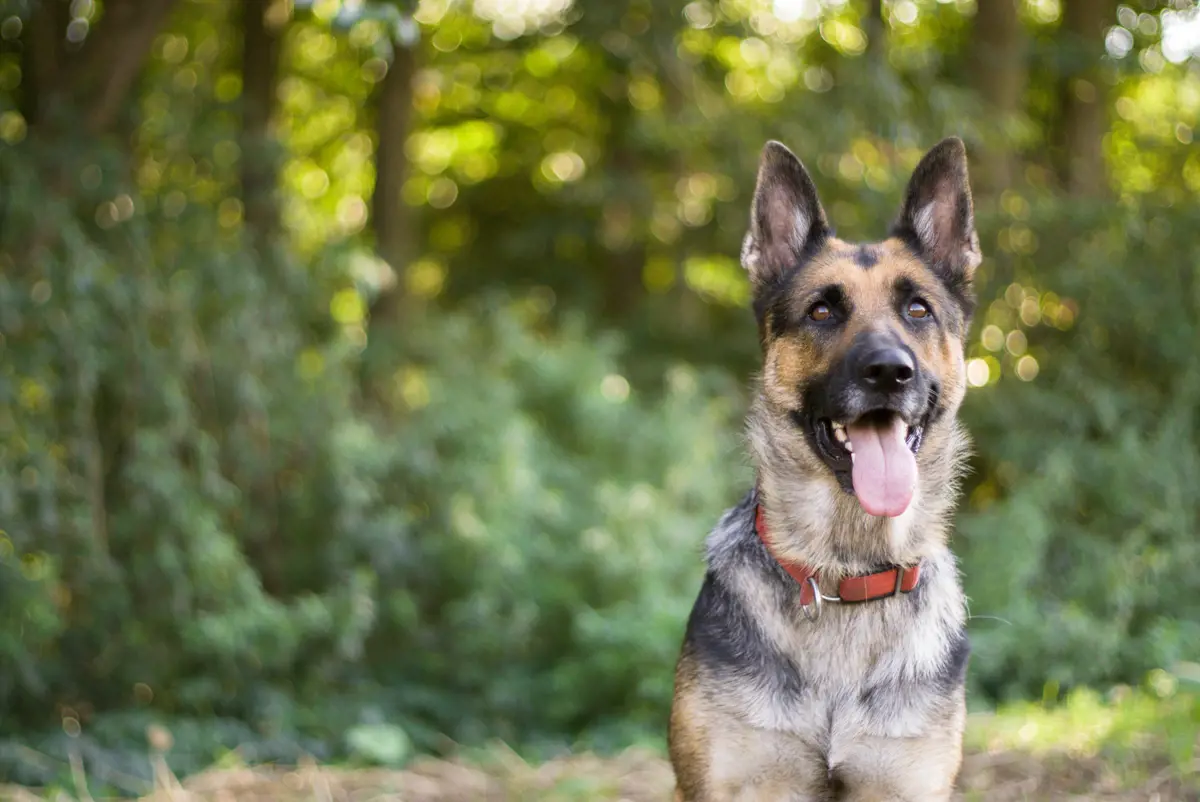
Siberian Husky
It’s all in the name: originally from Siberia, it’s scant surprise that this breed has a huge, thick coat that sheds constantly. Living in one of the coldest places in the world, the Siberian Husky was bred to transport heavy goods across the country.
A husky’s seasonal sheds (twice a year) are called "blowing coat". It will look like all of your dog's undercoat is falling out at once, but the blow is actually caused by a new topcoat coming in and pushing the fluffy underfur out. It should take your husky about three weeks to finish blowing coat each shed.
Living as a pet in the mild UK, you can expect a Siberian Husky to shed constantly.
How can I minimise my dogs shedding?
Firstly, it’s important to remember that shedding for these dogs is completely natural and normal – you’ll never be able to stop it completely, nor should you try to. However, it’s understandable that you might want to take some steps to minimise hair loss or to make it more manageable.
As we’ve touched on a couple of times already, grooming is essential. Using a suitable brush, you can help lift the dead hairs from your dog’s coat and direct some of that shedding. If possible, your best bet would be to groom your pet outside, making sure to bin all that excessive hair that you brush off.
Diet is also an important part of managing shedding. Giving your dog a healthy balanced diet, including foods with omega 3 fatty acids and zinc, may help to reduce the amount of hair loss.
Finally, stress can also cause your dog to lose their hair at a rapid rate. So, try to ensure they are content and happy at all times, and be aware that unusually heavy shedding could be a symptom of a stress-related illness.
Protecting your pet with dog insurance
With Accident Only, 12 Month and Lifetime policies available, Purely Pets can help you find the most suitable dog insurance for your beloved pooch.
Even if you don’t have an emergency but you still need advice on things like nutrition, post-op care, pregnancy or more, you can call the helpline and get the professional information you need 24 hours a day, 365 days a year.
The helpline is just one of the benefits of taking out dog insurance through Purely Pets. To find out more, call our friendly team today.
Helpful Pages
Recent Posts
Pet Insurance Quote
- 98% claims paid *
- Claims paid directly to vets
- 24/7 vet video consultations
- Interest free monthly payments
